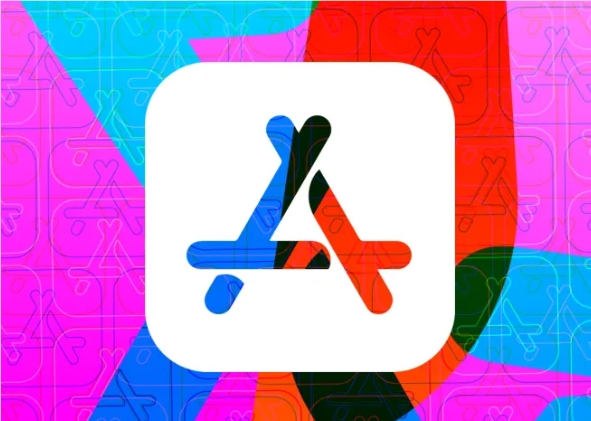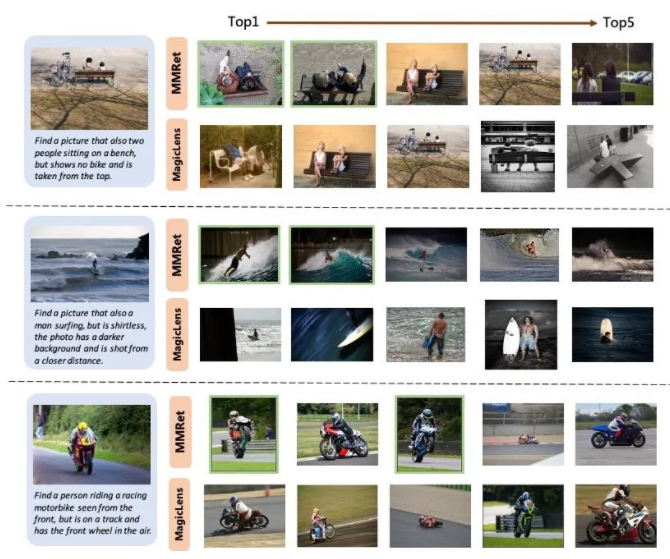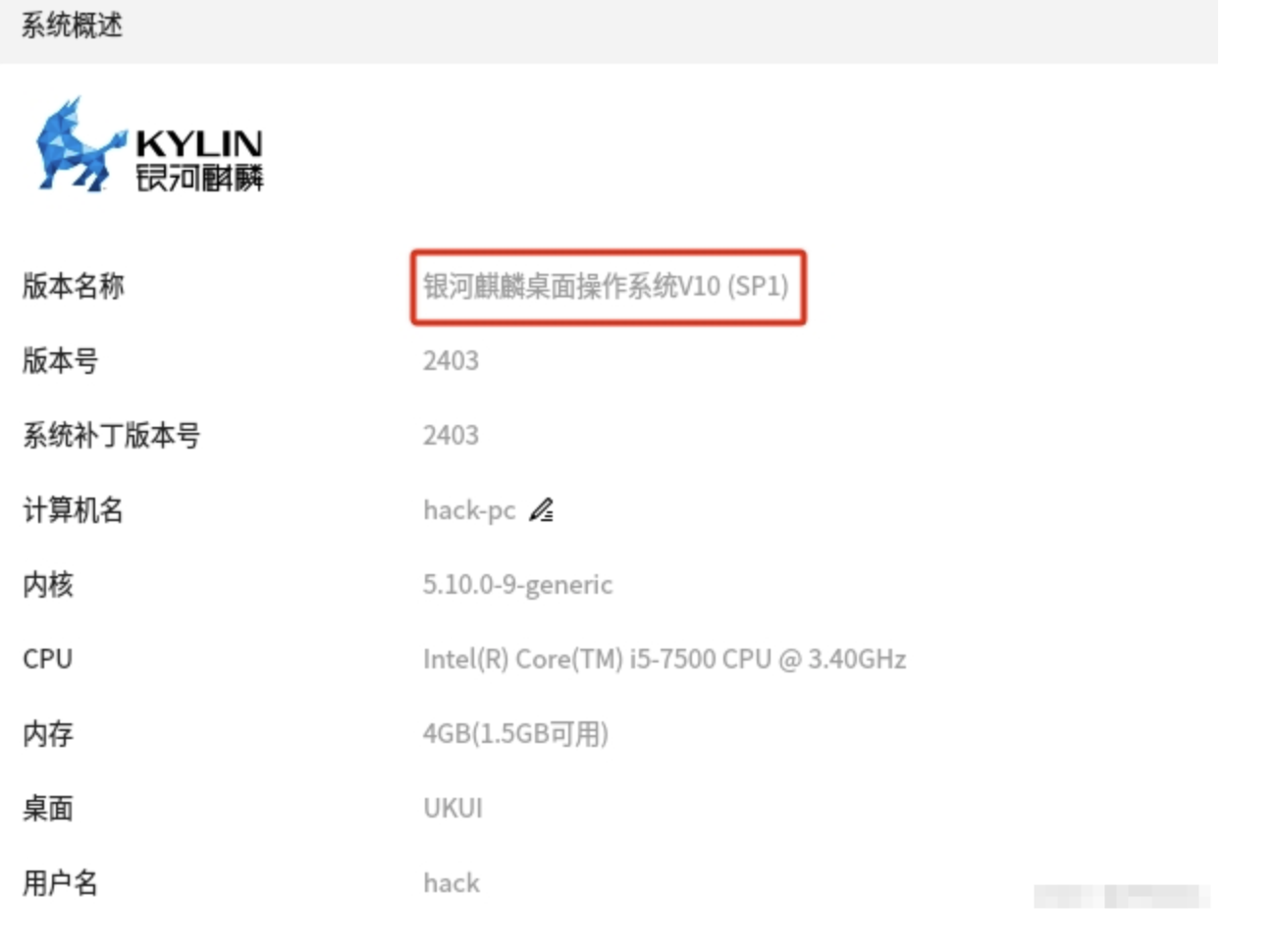OpenAI recently demonstrated its more aggressive red team testing strategy in the field of AI security, surpassing its competitors, especially in the two key areas of multi-step reinforcement learning and external red team testing. Two papers released by the company set new industry standards for improving the quality, reliability and security of AI models.

The first paper, "OpenAI's AI Model and System External Red Team Testing Method," points out that external professional teams are extremely effective in discovering security vulnerabilities that may have been missed by internal testing. These external teams are comprised of cybersecurity and domain-specific experts who are able to identify flaws in the model's security boundaries, as well as biases and control issues in the model.
The second paper, "Diverse and Effective Red Team Testing: Based on Automatically Generated Rewards and Multi-step Reinforcement Learning," introduces an automated framework based on iterative reinforcement learning that can generate a variety of novel and widespread attack scenarios. OpenAI's goal is to make its red team testing more comprehensive in identifying potential vulnerabilities through continuous iteration.
Red team testing has become the preferred method for iteratively testing AI models, capable of simulating a variety of lethal and unpredictable attacks to identify their strengths and weaknesses. Since generative AI models are complex and difficult to fully test through automation alone, OpenAI's two papers aim to fill this gap and quickly identify potential vulnerabilities by combining the insights of human experts with AI technology.
In the paper, OpenAI proposed four key steps to optimize the red team testing process: first, clarify the test scope and form a team; second, select multiple versions of the model for multiple rounds of testing; third, ensure documentation during the testing process Standardize recording and feedback mechanisms; finally, ensure that test results can be effectively transformed into lasting safety improvements.
With the development of AI technology, the importance of red team testing has become increasingly prominent. Forecasts from Gartner research institute show that IT spending on generative AI will rise significantly in the next few years, from US$5 billion in 2024 to US$39 billion in 2028, which means that red team testing will become an integral part of the AI product release cycle. An indispensable part.
Through these innovations, OpenAI not only improves the safety and reliability of its models, but also sets a new benchmark for the entire industry and drives AI safety practices forward.







